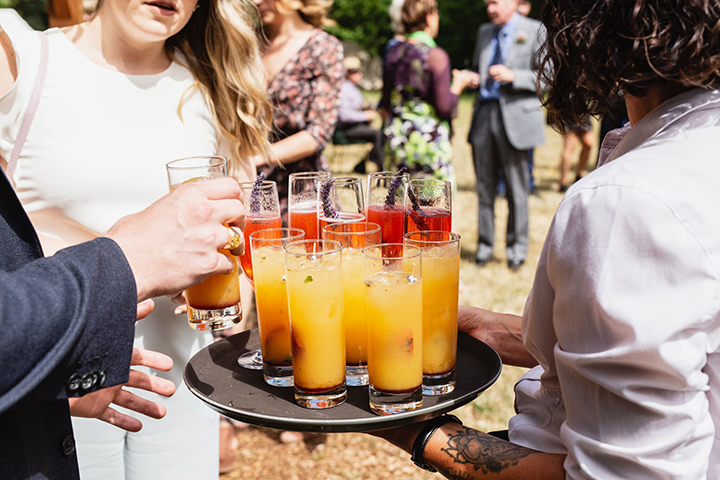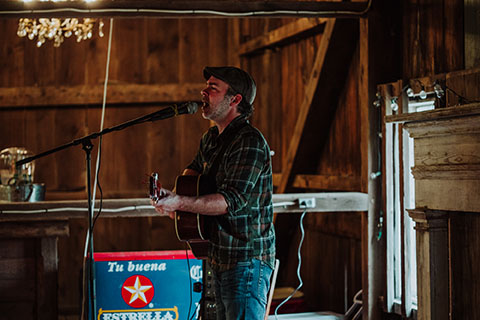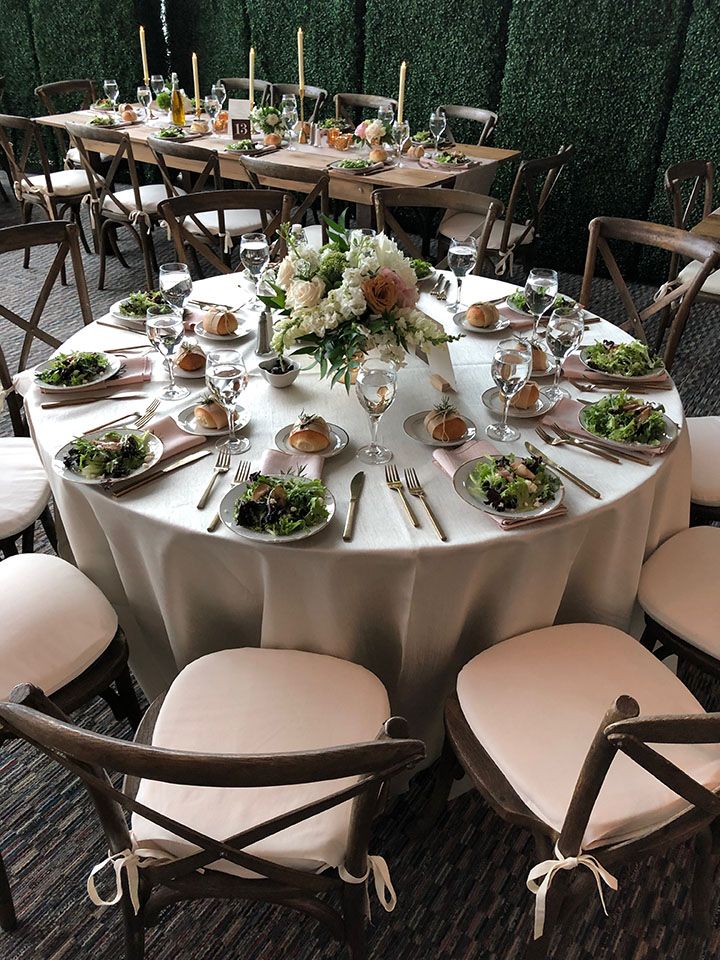Think about the details of a social event that were once considered “traditional”—cocktail hours, dance floors, pre-set salads, and photo booths—but as caterers and planners continue to navigate the post-coronavirus world, the things that once seemed so common and routine, will now require a bit more creativity and flexibility.
“We’re built to be MacGyvers,” said Jason Sutton, Executive Logistical Chef for Footers Catering, during a recent ICA Executive Chef Roundtable. “This is what catering is, we were built to be flexible, and we have the ability to change and mold into whatever this COVID is.”
What does this mean for weddings?
When full-scale weddings come back, they will look significantly different than they did before the national pandemic, and for many couples it’s frustrating.
“There are just things we are not going to be able to do any more or for the foreseeable future,” said Mara Marian, of Fuse Weddings & Events, during a recent WIPA webinar.
For starters, ceremonies may start to look more like receptions with assigned seating or grouped seating with a meandering aisle to ensure social distancing. But that also poses the problem of how to seat guests so that there aren’t evident holes in the audience in photographs.
Besides guest counts, one of the biggest challenges facing weddings is how to approach two of everyone’s favorites—the cocktail hour and the dance.

The traditional cocktail hour that typically precedes a reception may potentially be a thing of the past. Photo courtesy Toque Catering
Think back to the weddings that you’ve planned or attended. Most likely there was a cocktail hour before dinner to chat, enjoy some drinks and appetizers while waiting for the wedding party to arrive. However, due to the co-mingling and communal aspect of the cocktail hour, it poses some serious health and sanitation problems.
"Will we ever have weddings again like we used to where everybody is touching and the cocktail hour food is communal and there’s a charcuterie that sits out for four hours that everybody’s touched a hundred times,” Marian said. “I don’t think so.”
Another safety concern is the dance during the reception where guests crowd together in close proximity.
“Is there a way to socially distance these groups?” Marian said, “because technically this group of 10 who sat together can have a box on the dance floor, so do we create a puzzle of sorts?”
An alternative to the traditional dance would also be to incorporate live entertainment such as a band, traveling performers, competitions between tables, karaoke, and so many other ideas.
“I think you’re going to see a lot more presentational entertainment,” said Renee Dalo of Moxie Bright Events during the WIPA webinar. “The question then becomes how can we give them different experiences to make it still feel like them and make it feel like a celebration but that isn’t everyone sweating on each other a dance floor.”

The wedding dance may need to be replaced by live entertainment. Photo courtesy Kelli Wilke.
Having to eliminate some of these events and activities may get some pushback from couples, so it really comes down to priorities and what is allowed.
“It’s basically at your own risk unfortunately,” said Mary Wright Shah of Diamond Affairs Weddings and Special Events during the WIPA webinar.
A lot of couples are opting for a small, intimate wedding now, while holding off until things are safer to celebrate with the large party, whether for a vow renewal or anniversary party.
“It’s a matter of their perspective change,” said Daniela Grafman of Vision Event Co during the WIPA webinar. “The intrinsic value of weddings is going to skyrocket because they haven’t seen their families in a year, so by postponing the party you will have another milestone, something new to celebrate next year.”
What about dinner?
Caterers and planners will also have to rethink how dinner is handled at a wedding or other event, because a lot of the routines will be interrupted. There won’t be any communal water or condiments on the table. Salads and bread can’t be preset anymore, and wine can’t be pre-poured. Silverware will need to be wrapped and placed on the tables. Meals will have to either be pre-packaged or covered before serving. And dinner will definitely take more time.
“The whole wheel needs to be reinvented,” said Lauren Carter of Curate Plan Style during the WIPA webinar.

Table settings will have to be completely reimagined. Photo courtesy Blue Elephant.
Another question will be what types of plates and glasses will be used. Is it safe to china and glassware, or is disposable the safest option? What about bussing, is safest for guests to clear everything themselves?
“How do you refine it, so it doesn’t feel like a banquet?” Wright Shah said.
What is and isn’t your responsibility?
When thinking about health and sanitation at your events, it’s important to think about what you control and what you can’t. Yes, you can ensure that your event staff are taking all necessary precautions in regard to gloves, masks and hand sanitizing, but is it your responsibility to make sure that guests are taking the same precautions?
“We’ve come to realize that we cannot control our clients and our guests, we can only protect our team as much as possible,” said Michael Stavros during a recent ICA Sales Mixer webinar.
Marian agrees. “I’m not willing to play the police,” she said.



